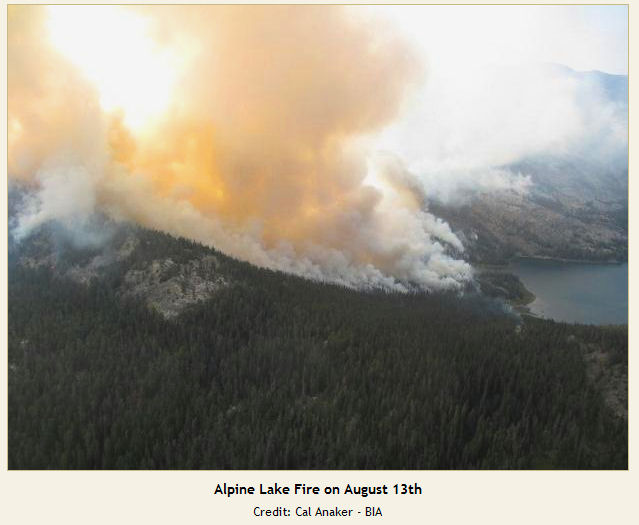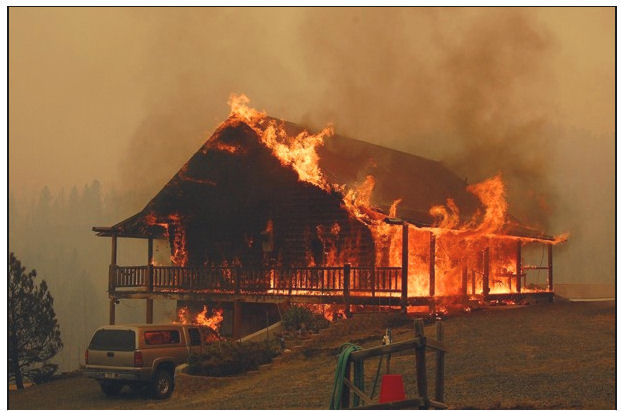Fires are burning hundreds of thousands of acres of prime hunting ground in central Idaho. But Mike Demick with Idaho Fish and Game says hunters don’t need to worry about a ruined season. “It may affect where they want to go or where they went in the past, but overall the fires are a small percentage,” Demick told KBOI News. “There’s still millions and millions of acres out there where people can hunt.”
He explained that wildfires benefit the habitat for wildlife, producing more open country with grass and forage for big game species.
Just don’t get trapped.
The Alpine Lake Fire northwest of Lander, Wyoming, roared down a mountain toward five fishermen camped at a favorite spot. Twenty-two miles into the rugged Wind River Range on August 13, San Diego angler Larry Landeros, his father-in-law, his brother-in-law, and two friends watched as the forest around them went up in flames.
The Casper Star Tribune reported that Landeros, an officer with the California Highway Patrol, has been fishing Alpine Lake for 25 years. The group made a 10-hour horseback trip into the area. They saw a small smoke column off in the distance but weren’t too concerned about it; their outfitter rode back out and reported the fire the next day.
The next day, though, a helicopter landed at the lake and firefighters came out of the forest and told the fishermen that the fire had surged and jumped over part of the lake and river. The fire was under a hundred yards from the lake. They pulled their tents and carried their stuff onto a green, grassy peninsula that stretched out from shore into the lake; the fire torched up in the middle of the night, but the fishermen were safe on their little peninsula.

Their outfitter, meanwhile, learned from the USFS that the way in was blocked by fire and he couldn’t go back in after the fishermen. A helicopter took them out the next day, flying them out in three separate trips.
Heads up out there, people.
The Parish Cabin Fire in eastern Oregon trapped a Portland couple who were bowhunting in the wilderness; they managed to make it to safety without a helicopter evacuation.







